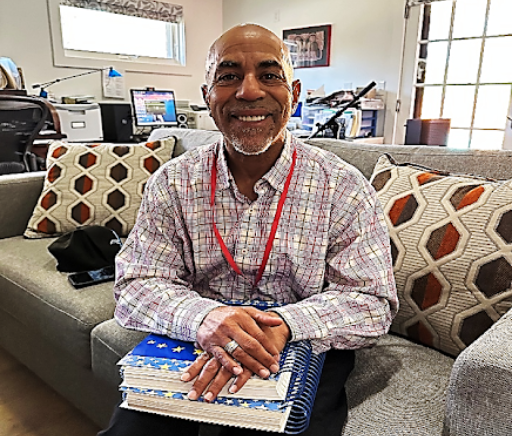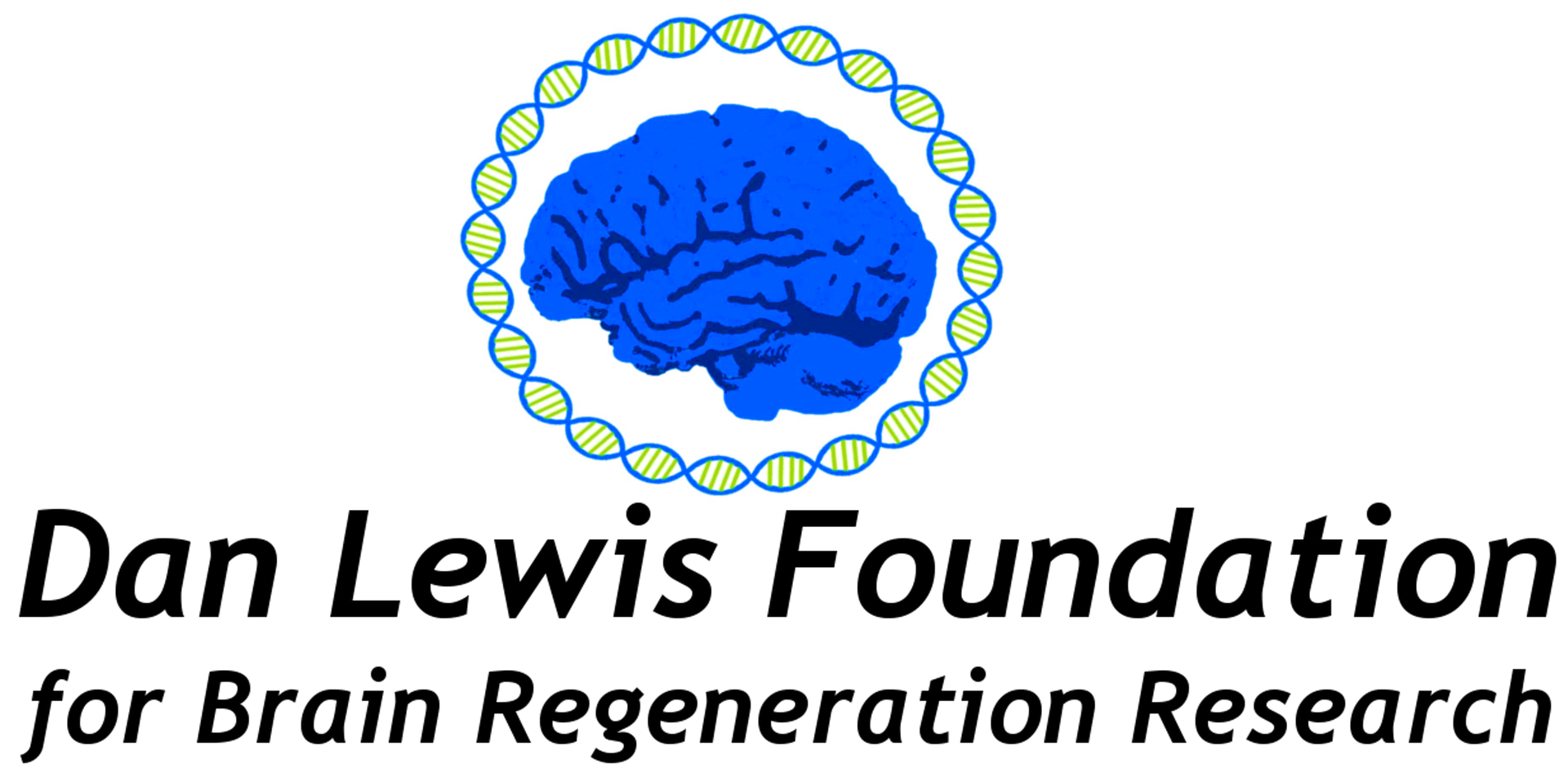A brief guide for parents to navigate education services

Traumatic Brain Injury (TBI) in children often changes their educational needs. Parents face the new challenge of navigating the educational system for their children after experiencing a TBI. Traumatic brain injury (including acquired brain injury) can alter the cognitive, language, social, physical, and behavioral development of the injured child. The Individuals with Disabilities Education Act (IDEA) is a federal law that ensures students with disabilities receive a free appropriate public education (FAPE) in the least restrictive environment (LRE). It applies to students aged 0 to 21 and requires schools to provide special education and related services to eligible students. IDEA also mandates the creation of an Individualized Education Program (IEP) for qualified students, which outlines their specific educational services, goals, objectives, and accommodations. Children ages 0-3 are evaluated and covered separately under IDEA, Part C, through Early Intervention Services. Every state has resources for early intervention services. The Centers for Disease Control provides an Early Intervention Services resource listing for every state: https://www.cdc.gov/ncbddd/actearly/parents/states.html#textlinks
The first step parents must take for children ages 3-21 to access services is to contact their local public school district (usually the principal or special education department) to request an evaluation. Parents must provide their concerns in writing and communicate relevant information about their child’s needs. Parents do not need a specific diagnosis; instead, they simply must provide the school district with a written request for an Understanding IDEA and Section 504 evaluation while sharing relevant concerns. The school district then has 60 calendar days to complete the evaluation at no cost to the parent and to provide the parents with a written report. The evaluation process includes gathering information/ observations from teachers, parents, and other professionals. A comprehensive set of assessments is completed to evaluate the child’s needs, and specific testing must be completed in the suspected area of disability. IQ tests are insufficient on their own; achievement tests, speech and language evaluations, occupational therapy, physical therapy, medical, and other assessments may be administered to determine if specialized educational services are warranted. The process includes a team of professionals who then meet with the parents to determine and recommend whether the child meets the criteria for a disability and, secondly, to determine the services needed. IDEA uses 13 categories for the classification of disabilities. It includes autism, deaf-blindness, deafness, emotional disturbance, hearing impairment, intellectual disability, multiple disabilities, orthopedic impairment, specific learning disability, speech or language impairment, traumatic brain injury, visual impairment including blindness, and other health impairments. For those students who require special education services, an Individualized Educational Plan (IEP) is developed with the parent’s input, including long-term goals and short-term objectives that work toward academic improvement. For those students who do not qualify for additional special education services under IDEA but have a disability, Section 504 of the Rehabilitation Act of 1973 provides protections and rights.
Section 504 ensures that students with disabilities have reasonable access to education and related services, even if they do not qualify for special education services under IDEA. Parents are often confused by the separate categories of IDEA and Section 504 and what the differences are. Unlike IDEA, Section 504 applies to individuals of all ages, not just students, but does not require academic improvement goals. It requires schools and other entities to provide reasonable accommodations and modifications to ensure equal access and participation for individuals with disabilities. For example, accommodations might include preferential seating, use of a computer, extended time on exams, access to written notes, reduced homework, modified textbooks, and other reasonable accommodations. Unlike IDEA, Section 504 covers not just school-age children but people of all ages in the workplace, transportation, and other public situations.
Finally, IDEA guarantees special education services and an IEP for eligible students. At the same time, Section 504 protects the rights of all students with disabilities to receive equal access to education and related services. Parents must understand these laws to advocate for their children’s rights and ensure they receive the support they need.
Full copy of the statute and regulations for IDEA: https://sites.ed.gov/idea/statuteregulations/
Full copy of Section 504: the Rehabilitation Act of 1973: https:// www.dol.gov/agencies/oasam/centers-offices/civil-rights-center/statutes/section-504-rehabilitationact-of-1973


